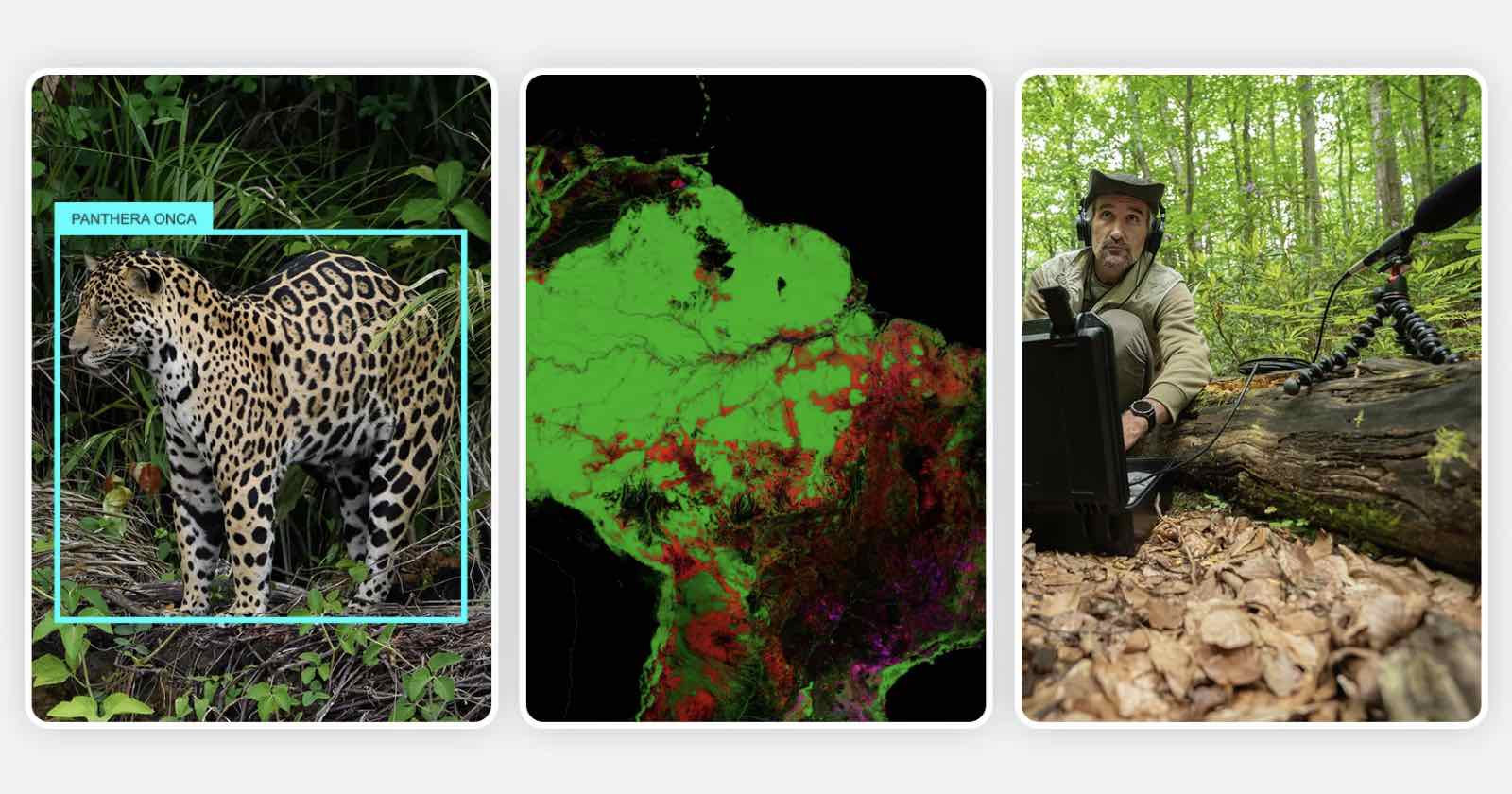Google Releases AI Model to Identify Wildlife Species in Trail Camera Images

Google has released its AI model “SpeciesNet” designed to identify animal species in trail camera photos to the public.
In a blog post last week, Google announced the release of SpeciesNet, an open-source model which photographers and researchers can integrate into remote camera toolkit.
SpeciesNet consists of a model for identifying objects in footage from trail cameras that monitor wildlife and a second model for classifying those objects into animal species.
While remote cameras are useful tools to help monitor elusive species in remote areas, the devices produce large amounts of footage that take researchers a long time to review.
Since 2019, wildlife biologists have had access to SpeciesNet through a Google Cloud-based tool called Wildlife Insights, which helped researchers identify species by analyzing photos from trail cameras. On Monday, SpeciesNet has now been released to the public as an open-source model.
Google launched Wildlife Insights, an initiative of the company’s Google Earth Outreach philanthropy program six years ago. It provides a platform where researchers can share, identify, and analyze wildlife images online, collaborating to speed up camera trap data analysis. Many of Wildlife Insights’ analysis tools are powered by SpeciesNet.
SpeciesNet says its AI tool can help “conservation practitioners spend more time on conservation, and less time reviewing images.”
According to a report by TechCrunch, Google says that SpeciesNet was trained on over 65 million publicly available images publicly available images from organizations like the Smithsonian Conservation Biology Institute, the Wildlife Conservation Society, the North Carolina Museum of Natural Sciences, and the Zoological Society of London. SpeciesNet combines data gathered from its underlying models to make a prediction about each animal it identifies and labels the accuracy percentage.
SpeciesNet can classify animals in up to 2,000 categories at higher taxa right down to the species level, covering animal species, taxa like “mammalian” or “Felidae,” and non-animal objects (e.g. “vehicle”).
World Wildlife Fund (WWF) says that SpeciesNet can recognize a wide range of species with remarkable accuracy. It detects 99.4% of images containing animals and, when the model predicts an animal is present, it is correct 98.7% of the time. Additionally, the model is accurate 94.5% of the time when it makes a species-level prediction.
Image credits: Header photo via Google.
Source link


